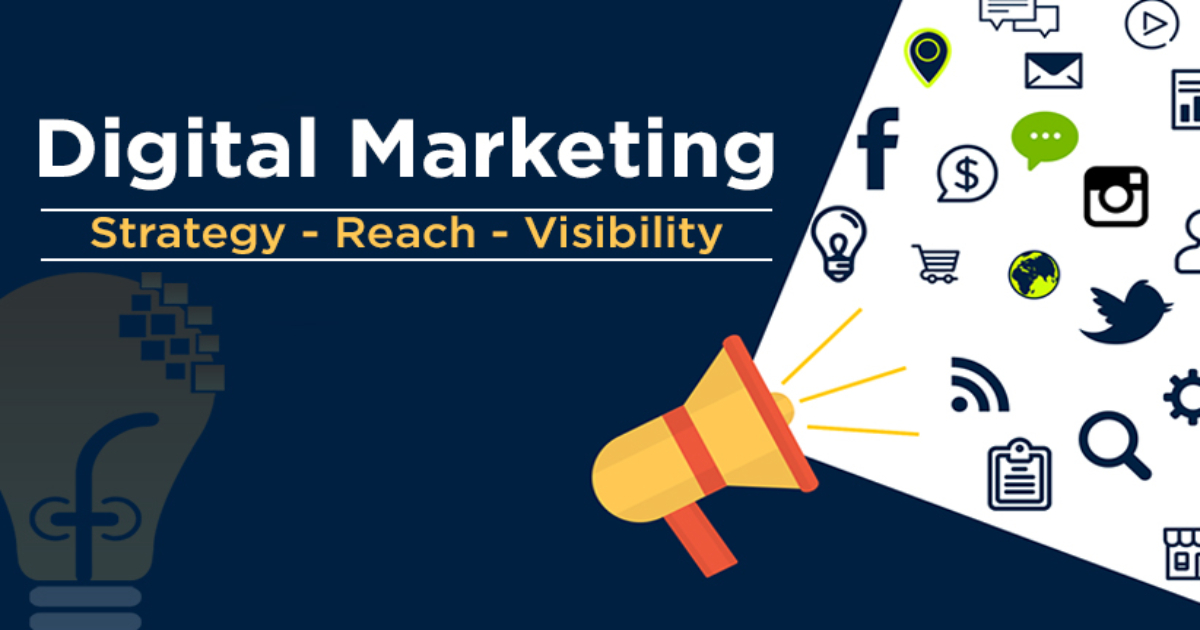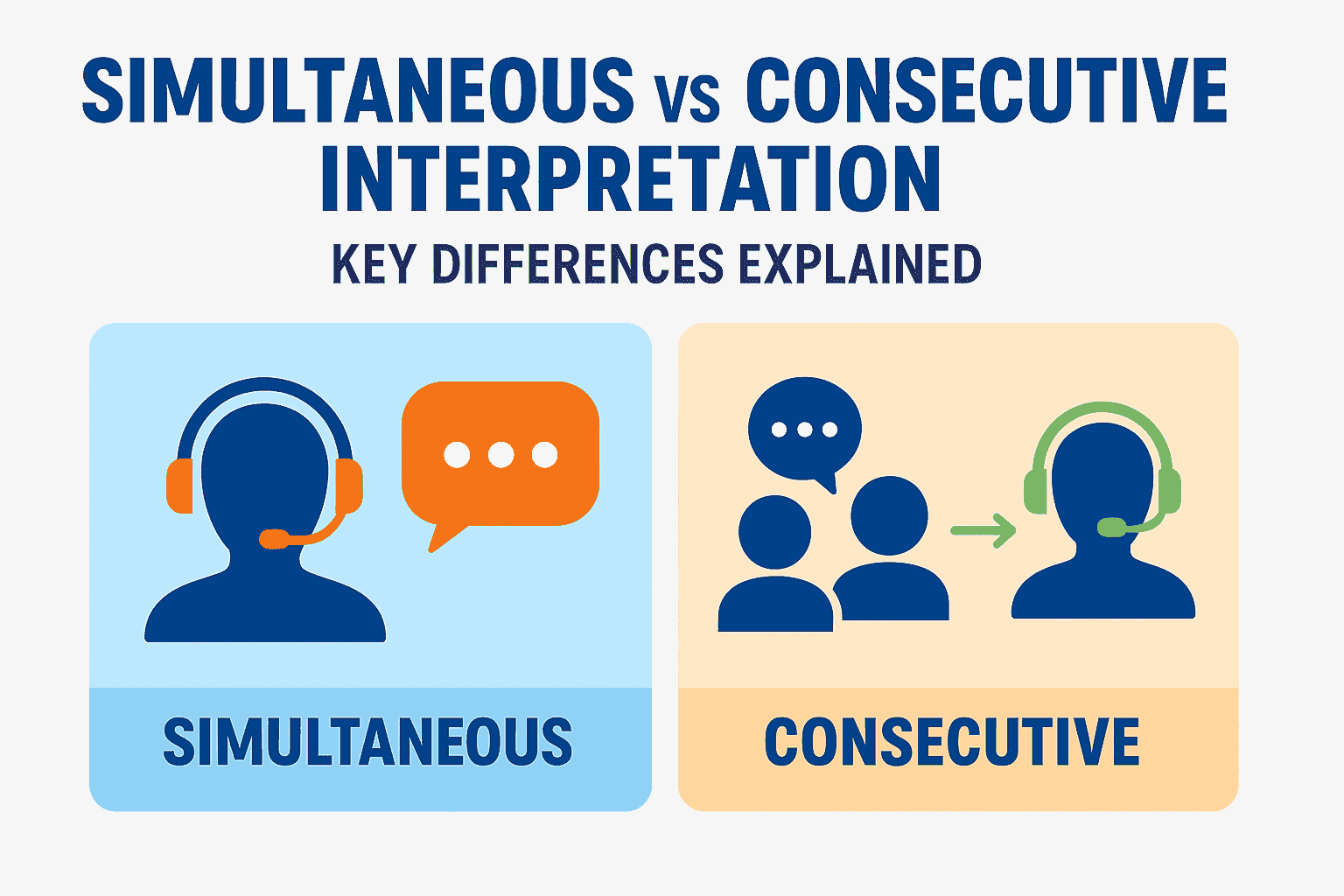
How It Has Become Important to Integrate Marketing with Digital Marketing?
In today's fast-paced and highly competitive business landscape, it has become essential for companies to integrate traditional marketing strategies with digital marketing techniques. The advent of the internet and the rapid evolution of technology have revolutionized the way businesses reach and engage with their target audience. This article explores why integrating marketing with digital marketing is crucial in the modern era and provides strategies for effectively combining these two approaches. Marketing has always been a fundamental aspect of any business's success. Traditionally, companies relied on traditional marketing methods such as television advertisements, print media, billboards, and direct mail campaigns to promote their products or services. However, with the rise of digital technologies, the marketing landscape has undergone a significant transformation. Traditional marketing involves conventional advertising channels that reach a broad audience, often through mass media. On the other hand, digital marketing encompasses online platforms, social media, search engines, email marketing, and various digital channels to target and engage specific segments of the audience. Integrating marketing with digital marketing allows businesses to expand their reach beyond geographical limitations. With the internet's global accessibility, companies can target audiences worldwide, opening up new opportunities for growth and revenue generation. Digital marketing enables precise targeting based on demographics, interests, behaviors, and other relevant parameters, allowing businesses to deliver tailored messages to the right audience at the right time. Digital marketing provides interactive platforms that foster meaningful engagement with customers. Through social media, blogs, and forums, businesses can initiate conversations, gather feedback, and build a community around their brand. Integrating marketing efforts with digital channels enables companies to create a seamless customer experience, bridging the gap between online and offline interactions. Digital marketing offers cost-effective alternatives to traditional marketing methods. Online advertising campaigns, such as pay-per-click (PPC) advertising and social media advertising, allow businesses to allocate budgets more efficiently, targeting specific audiences with measurable results. Unlike traditional marketing, digital marketing provides comprehensive analytics and tracking tools, enabling businesses to assess the effectiveness of their campaigns and make data-driven decisions. To successfully integrate marketing with digital marketing, businesses must ensure consistency in their brand messaging across all channels. A unified brand message builds trust and reinforces brand identity. Whether it's a television advertisement, a social media post, or an email campaign, the message should align with the company's core values and resonate with the target audience. Social media platforms have become powerful marketing tools for businesses of all sizes. Integrating marketing efforts with social media allows companies to reach a vast audience, engage with customers, and promote their products or services effectively. By developing a social media strategy, businesses can create compelling content, interact with their followers, and leverage user-generated content to amplify their brand's visibility. Email marketing remains a valuable tool for customer acquisition and retention. Integrating email marketing into marketing strategies enables businesses to nurture leads, send personalized offers, and establish ongoing communication with their customers. By segmenting email lists based on customer preferences and behaviors, companies can deliver targeted content that drives engagement and conversions. Integrating marketing with digital marketing involves optimizing online content to improve search engine rankings. By incorporating SEO techniques, businesses can increase their organic visibility and attract relevant traffic to their websites. This includes optimizing website structure, keyword research, creating quality content, and building authoritative backlinks. A strong online presence enhances brand credibility and drives organic traffic and conversions. To illustrate the benefits of integrating marketing with digital marketing, let's examine a few real-world examples: Company XYZ: By combining traditional marketing efforts like television advertisements with digital marketing strategies such as social media contests and influencer collaborations, Company XYZ experienced a significant boost in brand awareness and engagement, resulting in a 30% increase in sales within six months. Company ABC: Through a comprehensive integration of marketing and digital marketing, Company ABC successfully transitioned from relying solely on print media to adopting a multichannel approach. They leveraged email marketing, social media campaigns, and SEO techniques, resulting in a 50% increase in website traffic and a substantial improvement in lead generation. While integrating marketing with digital marketing brings numerous benefits, it also presents challenges that businesses must navigate: The digital landscape evolves rapidly, introducing new technologies and platforms. Businesses need to stay up to date with the latest trends and adapt their strategies accordingly. This requires continuous learning, monitoring industry developments, and investing in tools and resources to remain competitive. With the increasing reliance on customer data for targeting and personalization, businesses must prioritize data privacy and security. Implementing robust data protection measures and complying with relevant regulations, such as GDPR, is crucial to maintaining customer trust and avoiding potential legal consequences. Integrating marketing with digital marketing demands a diverse skill set. Businesses may need to invest in training programs or hire professionals with expertise in areas such as social media management, content marketing, SEO, and data analysis. Bridging the skill gap ensures the effective implementation of integrated marketing strategies. Integrating marketing with digital marketing is no longer a choice but a necessity for businesses striving to thrive in the digital age. By combining the strengths of both approaches, companies can reach wider audiences, engage with customers more effectively, and achieve tangible business results. Embracing the integration of marketing and digital marketing allows businesses to adapt to changing consumer behavior, capitalize on digital advancements, and remain competitive in the dynamic marketplace. Why is it important to integrate marketing with digital marketing? Integrating marketing with digital marketing expands reach, enhances customer engagement, and provides cost-effective and measurable results. How can businesses create a unified brand message? Creating a unified brand message involves aligning all marketing efforts with the company's core values and ensuring consistency across various channels. What are some effective digital marketing strategies? Social media marketing, email marketing, search engine optimization (SEO), and content marketing are some effective strategies for digital marketing. How can businesses measure the success of their digital marketing campaigns? Digital marketing offers comprehensive analytics and tracking tools that allow businesses to measure key performance indicators (KPIs) and assess the effectiveness of their campaigns. What are the challenges of integrating marketing with digital marketing? Challenges include adapting to technological advancements, addressing data privacy and security concerns, and bridging the skill gap through training and hiring.1. Introduction
2. Traditional Marketing vs. Digital Marketing
3. The Importance of Integrating Marketing and Digital Marketing
3.1 Increased Reach and Targeting
3.2 Enhanced Customer Engagement
3.3 Cost-effectiveness and Measurability
4. Strategies for Integrating Marketing and Digital Marketing
4.1 Creating a Unified Brand Message
4.2 Utilizing Social Media Platforms
4.3 Implementing Email Marketing Campaigns
4.4 Incorporating Search Engine Optimization (SEO) Techniques
5. Case Studies on Successful Integration
6. Challenges and Considerations
6.1 Adapting to Technological Advancements
6.2 Data Privacy and Security Concerns
6.3 Skill Gap and Training
7. Conclusion
FAQs



